SUMMARY
This is AI generated summarization, which may have errors. For context, always refer to the full article.
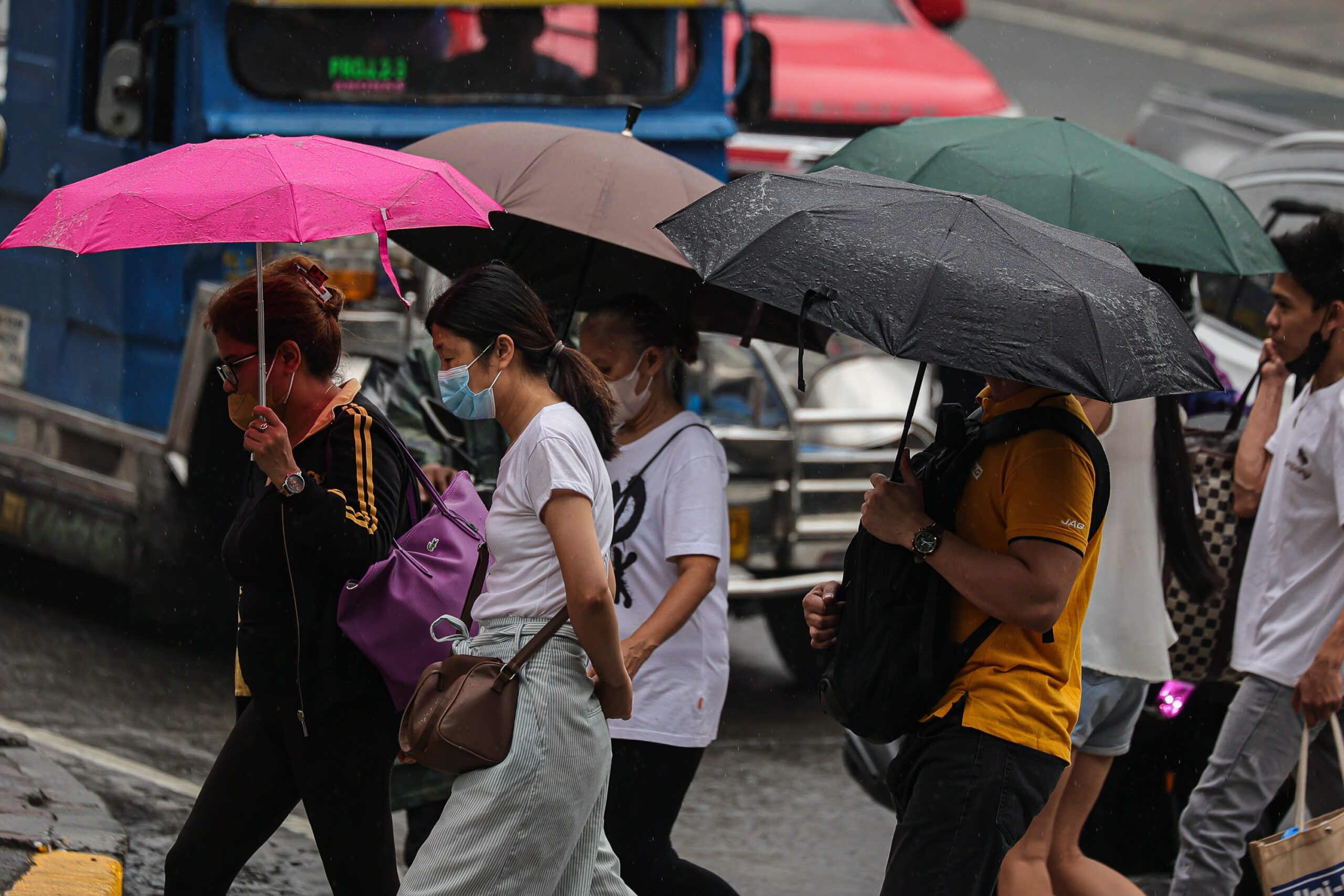
MANILA, Philippines – First used to collate the number of coronavirus cases in every barangay in the city, the Quezon City Disaster Risk Reduction and Management Office (QCDRRMO) turned its COVID-19 dashboard into an early warning system now called the Intelligent, Resilient, and Integrated Systems for the Urban Population or the iRISE UP.
iRISE UP provides real-time monitoring of weather, gives rain forecasts, updates on level of flooding, heat index, and temperature per barangay, and detects earthquakes.
To make this data gathering possible, the local government has installed 50 weather cameras, 18 flood sensors, 13 rain gauges, and 130 flood markers throughout the city.
Two seismic accelerographs, one in the Quezon City Hall complex and one in Fairview, transmit data of ground movements to the headquarters of the QCDRRMO.
iRISE UP recently won at the 2023 Galing Pook Awards, a program that recognizes innovative practices by local governments. A working early warning system is considered an integral part of disaster risk reduction that can prevent deaths and mitigate economic impacts.
Quezon City is home to more than two million people. This makes their job doubly hard, Peachy de Leon, QCDRRMO spokesperson, told Rappler.
“Ito ‘yung pinakamalaking city sa Philippines. Mas madaming resources, pero also malaking ‘yung population, ang daming businesses,” De Leon said.
(This is the biggest city in the Philippines. We have a lot of resources, but we also have to take care of a bigger population. There are also a lot of businesses.)
With the platform, cascading information to the city residents also became easier, said De Leon.
Twelve of the city’s 142 barangays are categorized as “high-risk” to flooding, while another 43 barangays were identified as “medium-risk” to flooding.
“Through iRISE UP, we are able to develop a scientific approach to make informed decisions using digital and traditional tools especially when we suspend classes, prepare for camp management, drainage master planning, social housing, and development planning,” said QCDRRMO officer-in-charge Maria Bianca Perez in a statement.
24/7 watch
Inside the QCDRRMO headquarters, huge screens show maps of the city. Data is disaggregated by barangay, district, and parameters to tailor fit the risk assessment one wants to know.
Flood sensors and rain gauges show current status, the situation the past one and 6 hours. The sensors can also display the forecast for the next six and 24 hours. The staff at the QCDRRMO work 24/7 even when there is no impending disaster.
There is still a lot to improve with its early warning system. For instance, weather specialist Steve Martin Dulay said they want to change flood level categories from metric measurements to a more visual language like “ankle-deep,” “knee-deep,” among others.
Dulay said this would make the measurement of flooding easily visualized by the public.
Aside from this system, the QCDRRMO staff shared that they also formed online groups at the barangay level for faster communication of updates, photos, and videos on the situation on the ground.
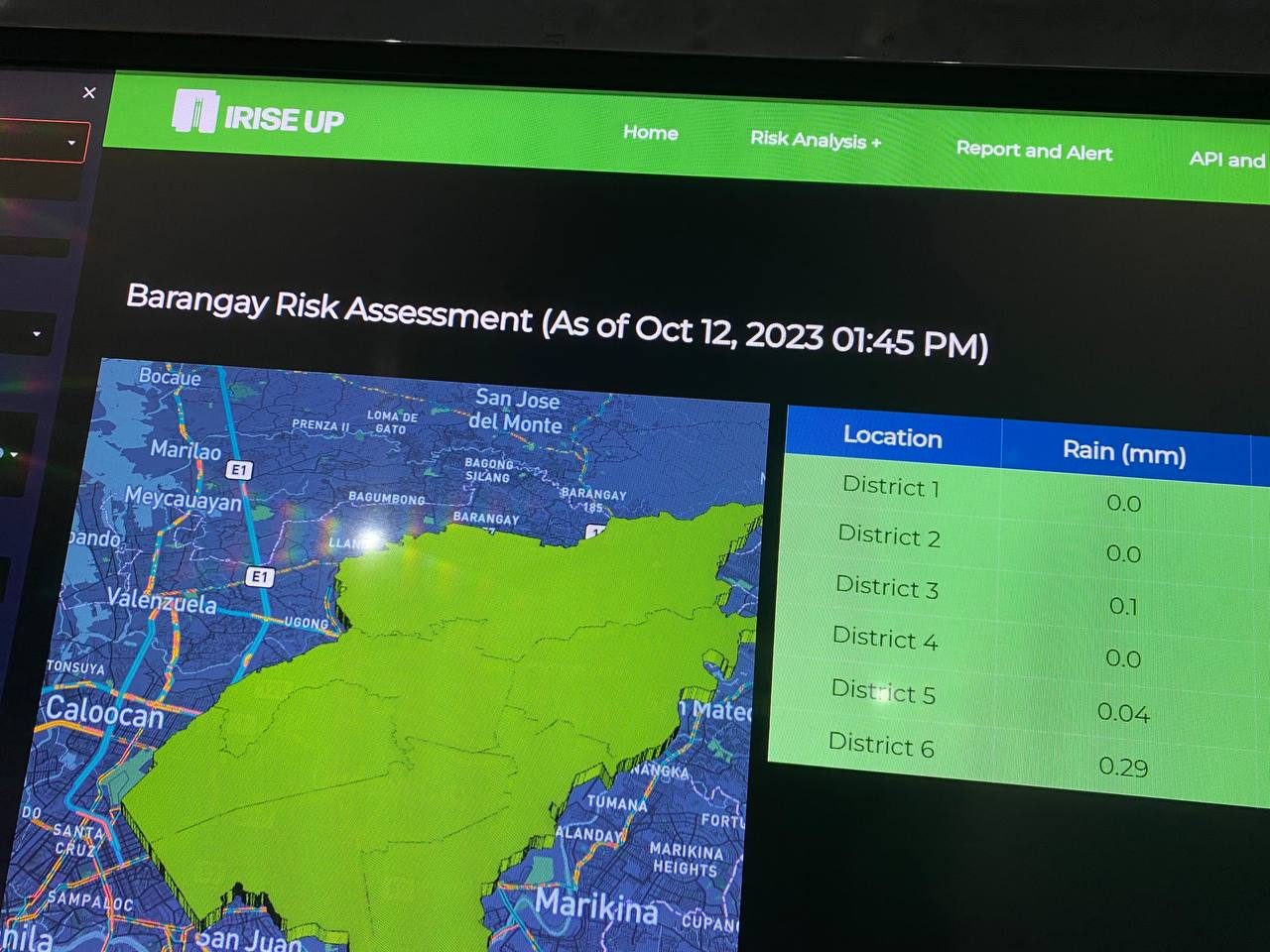
Localized approach
Recent conversations on disaster risk reduction put emphasis on localized tools like Quezon City’s early warning system to save lives.
For Mami Mizutori, the Philippines is already advanced in its early warning systems. But inclusivity in these systems remains an issue not just for the Philippines but for other countries as well.
Mizutori is the Special Representative of the United Nations Secretary-General for Disaster Risk Reduction. She is also the head of the United Nations Office for Disaster Risk Reduction.
“[The] Philippines already has a very advanced system for its early warning system,” said Mizutori in front of reporters on Friday, October 13.
“But…there is room for improvement in terms of the inclusivity issue…. How do you really make sure that early warning can reach the most vulnerable people?”
Mizutori spoke to the media at the launch of the Philippines’ hosting of the 2024 Asia Pacific Ministerial Conference on Disaster Risk Reduction.
Rappler has asked for the data on how many city residents are already using the platform, but the QCDRRMO has yet to release official numbers.
Another program from Quezon City that was recognized as a finalist at the 2023 Galing Pook Awards is its automated birth registration which can track teenage pregnancies. – Rappler.com
Add a comment
How does this make you feel?


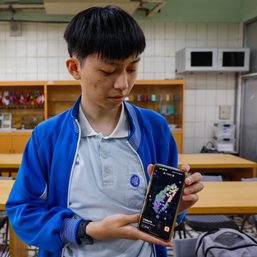

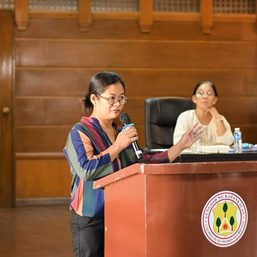



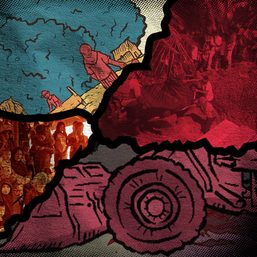





There are no comments yet. Add your comment to start the conversation.